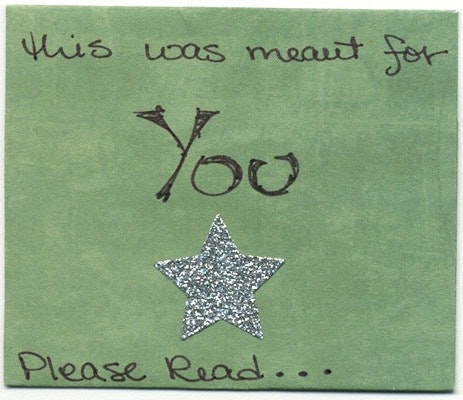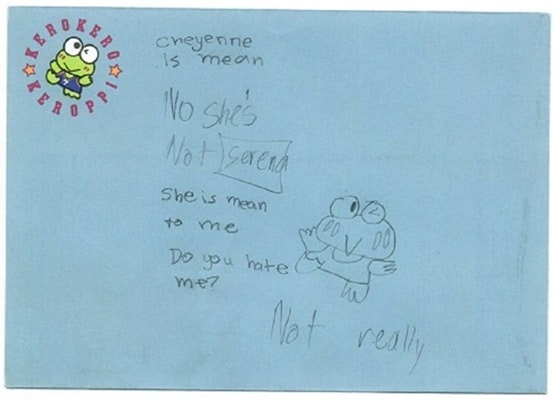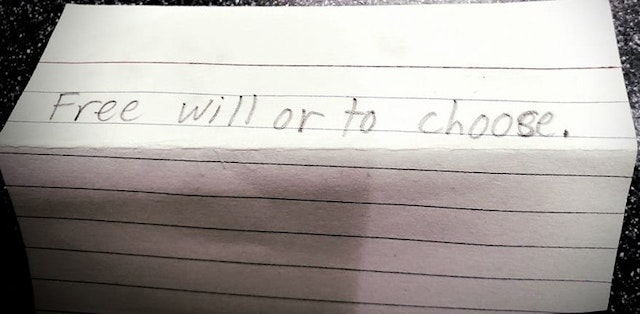From Lists to Love Letters, What Do People Leave Behind in Library Books?
A California librarian assembles forgotten objects in a heartwarming digital archive

In her 20 years as a librarian, Sharon McKellar has found a tantalizing assortment of objects tucked into the pages of books: notes, lists, doodles, postcards, photographs. Rarely has a visitor returned to collect one of these items—but McKellar doesn’t throw them out. Instead, as SFGate’s Tessa McLean reports, she posts images of forgotten ephemera to the library’s website, forming an endearing collection called “Found in a Library Book.”
The project began in 2013, when the Oakland Public Library in California was updating its website. While brainstorming ways to enhance the library’s blog content, McKellar thought of a publication she enjoyed, Found Magazine, which is dedicated to everyday items discovered outside of their original context. Perhaps she could share her ever-growing collection of items that she had unearthed in library books.

“I had always collected little things I'd found in library books, and I knew other people did that too,” McKellar tells NPR’s Nell Clark. “So that was how it started.”
She put out a call to nearby branches, and librarians began sending her items. McKellar categorizes the objects, titles them and scans them to the library’s website, where they are available to curious viewers.
Over nearly a decade, “Found in a Library Book” has swelled to include some 350 objects, offering poignant glimpses into the lives of strangers.
“Remember, I love U sweetheart,” reads one message, scrawled on a yellow Post-it note. “The past is the past, so let’s not take it home with us. I just want to love U, and be happy.”

An air of mystery infuses the collection. How did this heartfelt message—or family photo, or dentist’s retirement announcement, or ticket to a baseball game—end up sandwiched between the pages of a book? Were these items unimportant to their owners, who used them only as a bookmark? Or were they special to someone, once?
“You can look at an object, whether it’s a photo or a scrap of paper, and you can think of all the possible people who might have brought that into our space, and why and how it got here, and what their stories are,” McKellar tells the Washington Post’s Sydney Page. “You could really let your imagination dream up all kinds of scenarios, and you will be unlikely to ever guess the actual one. But that’s kind of the fun.”

McKellar has a few rules that guide the archive. For example, she doesn’t include any photos that appear to be recent, and she blocks out private information like names and addresses before posting. But she exercises a light curatorial hand, believing all the objects she finds are worthy of joining the collection.
“To me, it all belongs,” she tells SFGate. “It’s all interesting and plus, I don’t want to be the decider of what’s interesting.”
McKellar does have some favorites, though, particularly the notes and doodles left behind by children—sometimes intentionally, it seems. A copy of Roald Dahl’s Matilda was once returned to the library with a series of Post-it notes containing a young reader’s annotations: “Wow Miss Trunchbull is making Bruce eat the whole cake! And it’s really big.”

“It’s like looking at art,” McKellar tells SFGate. “There is whatever the artist intended, which is great, but there’s also what you take from it that’s based on your own personal experiences.”
Originally published on Smithsonian